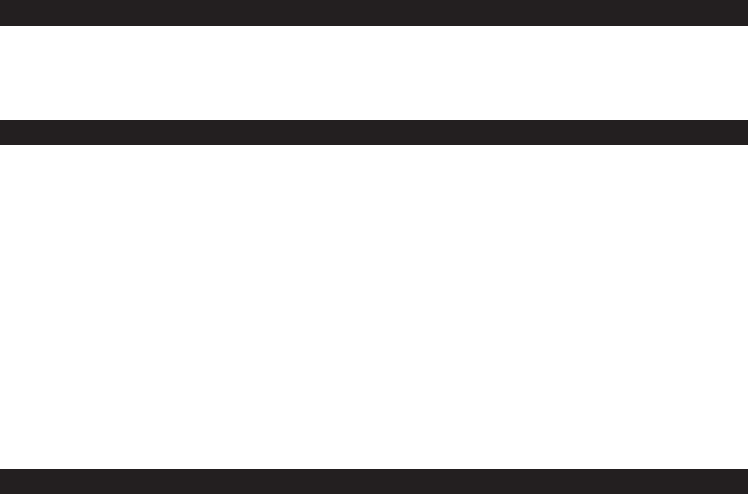
2
INTRODUCTION
Congratulations on purchasing your new CTEK professional switch mode battery charger. This charger is part of a range of
professional battery chargers from CTEK SWEDEN AB. It represents the latest technology in battery charging with charging and
analysis in eight steps with temperature compensation. Read this User Manual and follow the instructions carefully before
using your new charger.
SAFETY
• The charger is designed to charge lead acid batteries. Do not use the charger for any other purpose.
• Wear protective goggles and turn your face away when connecting or disconnecting the battery!
• During charging, the battery may emit explosive gases. Therefore it is essential to avoid any sparks in the immediate vicinity.
• Ensure good ventilation when charging.
• The charger should not be covered.
• Battery acid is corrosive. If any acid comes into contact with skin or eyes, rinse immediately with plenty of water and seek
immediate medical attention.
• Never charge a frozen battery.
• Never charge a damaged battery.
• When using outdoors the charger has to be positioned horizontally with the long side or top side turned up.
• Do not place charger on top of the battery when charging.
• Always check that the charger has switched to maintenance charging before leaving it unsupervised and connected for
prolonged periods of time. If the charger has not switched to maintenance charging within three (3) days, this is an indication of a
fault. The charger must then be manually disconnected.
• All batteries have a limited lifetime. Any battery failure during charging is normally dealt with by the charger’s advanced control,
but a battery could develop unusual faults. Do not leave the charger unsupervised for long periods.
CHARGING
Connecting the charger to a battery fitted in a vehicle
1. The power cord should be disconnected when connecting or disconnecting the battery leads.
2. Identify the battery terminal that is grounded (connected to the chassis). The negative terminal is normally the grounded post.
3. Charging a negatively grounded battery. Connect the red cable to the positive terminal on the battery and the black cable to
good metal engine ground away from the battery. Ensure you do not connect the black cable to fuel lines or sheet-metal body
parts.
4. Charging a positively grounded battery. Connect the black cable to the negative terminal on the battery and the red cable to
good metal engine ground away from the battery.
Ensure you do not connect the black cable to fuel lines or sheet-metal body
parts.
Connecting the charger to an out of vehicle battery:
1. The power cord should be disconnected when connecting or disconnecting the battery leads.
2. Connect the red cable to the positive terminal on the battery and the black cable to the negative terminal.
If the battery leads have been connected incorrectly, the
reverse polarity protection system will ensure that neither the charger
nor the battery are damaged.
Start charging
1. Connect the charger´s AC cord to an AC Power Supply. The charger will indicate POWER, yellow indication lamp (B).
2. The lamp for completely discharged battery (1) will illuminate if the battery’s voltage is less than 12 V for MULTI XS 25000 and
XS 25000 or 24 V for MULTI XT 14000 or XT 14000.
3. Normal charging will be indicated by the following lights: completely discharged battery (1), bulk charging (2), absorption
charging (3) or maintenance charging (4). When the maintenance charging lamp illuminates the battery is fully charged. Charg-
ing will start if the voltage drops. The charger can normally be connected for months. Reconditioning (only on MULTI XS 25000
and MULTI XT 14000) is indicated by the lamp (5) illuminating.
4. If the battery leads have been connected incorrectly, the reverse polarity protection system will ensure that neither the charger
nor the battery are damaged.
5. If nothing happens. If the lamp indicating the setting and the power lamp remain lit but no other lamp illuminates, the connec-
tion to the battery or chassis may be poor or the battery may be faulty. Another cause may be a lack of voltage in the AC Power
Supply. Begin by improving the connection between the battery and charger.
6. Charging can be stopped at any time by disconnecting the charger’s AC cord. Always disconnect the AC cord before discon-
necting the battery leads. When you stop charging a battery installed in a vehicle you should always disconnect the battery lead
from the chassis before disconnecting the other battery lead.










